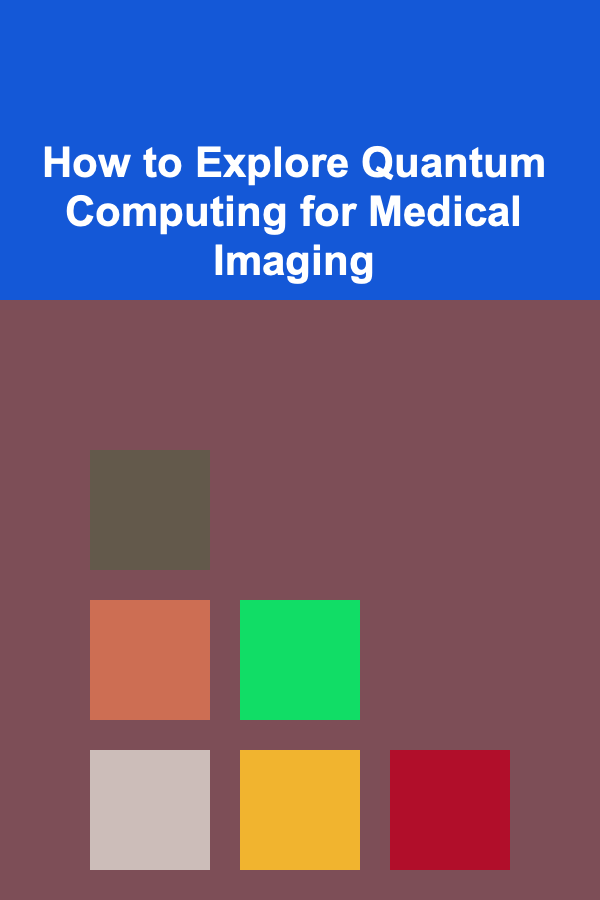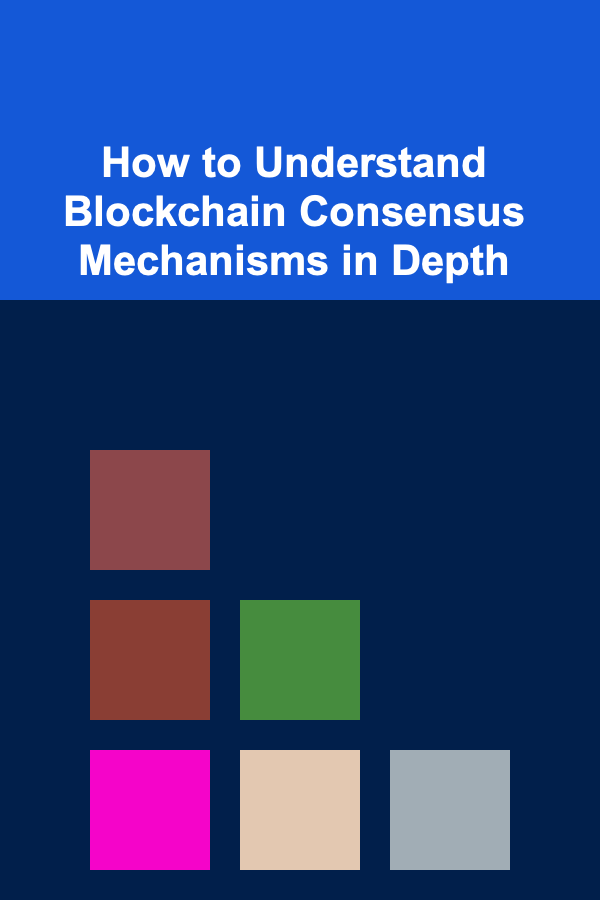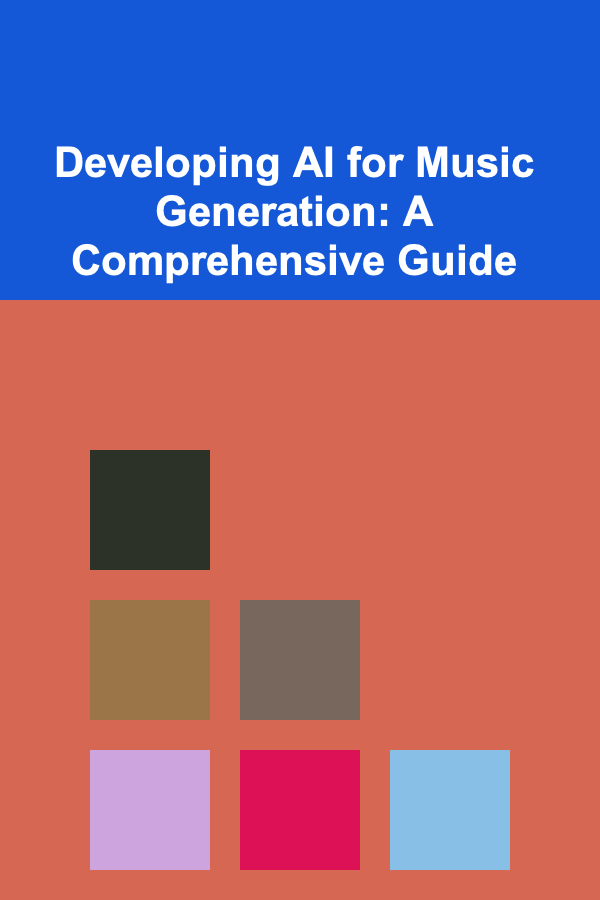
How to Explore Quantum Computing for Medical Imaging
ebook include PDF & Audio bundle (Micro Guide)
$12.99$6.99
Limited Time Offer! Order within the next:

Quantum computing has emerged as a transformative technology with the potential to revolutionize various industries, including healthcare. Medical imaging, a cornerstone of modern diagnostics and treatment planning, stands to benefit significantly from the capabilities offered by quantum computing. This article delves into how quantum computing can be harnessed to improve medical imaging, exploring the potential advancements, challenges, and practical steps to exploring this cutting-edge intersection of technology and healthcare.
Introduction to Quantum Computing
What is Quantum Computing?
Quantum computing is a field of computing that uses principles of quantum mechanics to process information in ways that classical computers cannot. Classical computers use bits, which represent either a 0 or a 1, whereas quantum computers use quantum bits, or qubits, which can represent 0, 1, or both simultaneously, thanks to a phenomenon known as superposition. Furthermore, qubits can become entangled, meaning the state of one qubit can be dependent on the state of another, regardless of the distance between them.
The unique properties of quantum computing --- superposition, entanglement, and interference --- enable quantum computers to solve certain types of problems far faster than traditional computers. While quantum computing is still in its infancy, researchers believe it has the potential to address complex problems across many fields, including medical imaging.
Medical Imaging: Current Technologies and Challenges
Medical imaging involves capturing visual representations of the interior of a body to diagnose diseases, monitor the progress of treatments, and guide surgical interventions. Common techniques include:
- MRI (Magnetic Resonance Imaging): Uses magnetic fields and radio waves to create detailed images of internal structures.
- CT (Computed Tomography): Uses X-rays to produce detailed cross-sectional images of the body.
- PET (Positron Emission Tomography): Uses radioactive tracers to observe metabolic processes in the body.
- Ultrasound: Uses sound waves to create images of organs and tissues.
While these techniques have significantly improved healthcare, they also face several limitations:
- Resolution and Accuracy: Despite advances, the resolution and accuracy of medical images can still be insufficient in certain areas, especially in complex tissues.
- Processing Time: Medical images often require extensive processing, and some imaging modalities, such as MRI, take a long time to produce results.
- Data Overload: The sheer volume of data generated by modern imaging technologies can overwhelm current computing systems.
- Cost and Accessibility: High-resolution imaging systems are expensive and may not be readily available in all healthcare settings.
Quantum computing holds promise in overcoming many of these challenges by providing faster data processing, improved image resolution, and new ways to analyze complex medical data.
The Potential Impact of Quantum Computing on Medical Imaging
Speeding Up Image Processing
One of the most significant advantages of quantum computing in medical imaging is its ability to process large datasets far more efficiently than classical computers. Medical imaging generates enormous amounts of data, especially in techniques like MRI and CT scans, where high-resolution images require large amounts of computational power to process.
Quantum computers, through their ability to perform many calculations simultaneously via superposition, can potentially reduce the time it takes to process and analyze these images. This faster processing time could lead to quicker diagnoses, enabling more timely medical interventions.
Enhanced Image Resolution and Quality
Quantum computing could also significantly enhance the resolution and quality of medical images. In imaging techniques like MRI, resolution is limited by the strength of the magnetic field and the signal-to-noise ratio. Quantum computing has the potential to optimize the algorithms used in image reconstruction, enabling the generation of higher-quality images with more detailed structures.
Moreover, quantum-enhanced imaging techniques could reduce noise in the images, which is crucial for clearer, more accurate results. The noise reduction could also improve the detection of subtle anomalies, such as small tumors or early-stage diseases, which might otherwise go undetected.
Quantum Machine Learning for Image Analysis
Medical imaging is not just about capturing high-quality images; it's also about extracting meaningful information from them. Classical machine learning algorithms are already used to help detect patterns and anomalies in medical images, such as tumors, fractures, or abnormalities. However, these classical algorithms have their limits, particularly in their ability to handle vast and complex datasets with a high degree of accuracy.
Quantum machine learning (QML) is a rapidly developing field that uses quantum computers to perform machine learning tasks. QML algorithms can leverage quantum parallelism and entanglement to process data more efficiently, potentially leading to breakthroughs in medical image analysis. For example, quantum-enhanced algorithms could improve the accuracy of image segmentation (the process of identifying different structures in an image) and classification, which are crucial for diagnosing diseases.
Moreover, QML can assist in automating the analysis of medical images, which can be time-consuming and require expert radiologists. By using quantum algorithms to detect patterns in images more accurately and quickly, doctors can make more informed decisions and focus on the most critical aspects of a patient's care.
Real-Time Imaging and Diagnostics
Quantum computing could enable real-time, on-the-fly imaging and diagnostics. This could be particularly transformative in fields like surgery and emergency medicine, where rapid imaging and immediate interpretation can save lives. For example, in a surgical setting, quantum-powered imaging systems could provide immediate, high-resolution scans that help surgeons visualize tissues and organs in real-time, aiding in precision surgery and reducing the risk of errors.
In emergency situations, where time is of the essence, quantum computers could process imaging data in seconds, allowing for immediate diagnosis and intervention. This could greatly enhance the effectiveness of emergency departments and critical care units.
Challenges in Integrating Quantum Computing with Medical Imaging
Technological and Hardware Limitations
Despite its enormous potential, quantum computing is still in its nascent stages, and many challenges remain in making it viable for medical imaging. Quantum computers require extremely controlled environments, such as ultra-low temperatures, to operate effectively. The development of hardware that can maintain qubit stability (known as quantum coherence) for long enough to solve practical problems is still an ongoing challenge.
Moreover, the current quantum computing hardware is limited in scale. Most quantum computers today can handle only a small number of qubits, which constrains their ability to solve large-scale problems like high-resolution image processing in medical imaging.
Quantum Algorithms for Medical Imaging
Another hurdle in utilizing quantum computing for medical imaging lies in developing the appropriate algorithms. While quantum algorithms have shown promise in areas such as optimization and cryptography, the development of quantum algorithms specifically tailored for medical imaging applications is still in its early stages.
Researchers need to develop specialized quantum algorithms for tasks such as image reconstruction, pattern recognition, and noise reduction, which are essential components of medical imaging. Additionally, quantum algorithms need to be tested and validated in real-world medical contexts, which requires collaboration between quantum computing experts and medical professionals.
Integration with Existing Healthcare Systems
For quantum computing to be effectively integrated into medical imaging, it must be compatible with existing healthcare infrastructure. Current medical imaging systems rely on classical computing technologies, and transitioning to quantum-enhanced imaging could require significant changes to software, hardware, and data storage systems.
Moreover, quantum computing in healthcare raises concerns about data security and privacy. Medical data is highly sensitive, and any technological advancement must ensure that patient privacy is maintained in accordance with regulations such as HIPAA (Health Insurance Portability and Accountability Act). Ensuring that quantum-powered medical imaging systems are both secure and compliant with privacy laws is essential for their widespread adoption.
Steps to Explore Quantum Computing in Medical Imaging
1. Understanding the Basics of Quantum Computing
The first step for anyone interested in exploring quantum computing for medical imaging is to build a solid foundation in the principles of quantum mechanics and quantum computing. There are several online courses, books, and resources available that introduce quantum computing concepts at varying levels of complexity. Familiarity with quantum mechanics and quantum algorithms is essential to understanding how they can be applied to medical imaging problems.
2. Collaboration Between Quantum and Medical Experts
To bridge the gap between quantum computing and medical imaging, collaboration between quantum computing researchers and medical professionals is crucial. Healthcare practitioners, radiologists, and imaging experts need to work alongside quantum computing scientists to identify the most pressing challenges in medical imaging and develop quantum algorithms that can address them.
This collaboration can take the form of interdisciplinary research projects, joint workshops, or partnerships between universities, healthcare organizations, and quantum computing companies.
3. Developing Quantum Algorithms for Imaging
Once the basic understanding of quantum computing is in place, the next step is to focus on developing specialized quantum algorithms for medical imaging tasks. Quantum machine learning algorithms, quantum image processing techniques, and optimization algorithms for medical image reconstruction are just a few examples of areas where quantum computing could make a significant impact.
Researchers can start by adapting existing classical algorithms to take advantage of quantum computing's capabilities, gradually improving them for real-world medical imaging applications.
4. Prototyping and Testing Quantum Imaging Systems
Building prototypes of quantum-powered medical imaging systems is a critical step toward realizing their potential. These prototypes should be tested using real-world medical imaging data to assess their effectiveness and accuracy. Initial testing may involve collaboration with hospitals and medical research centers, where quantum-powered imaging systems can be integrated into existing imaging workflows for comparison and evaluation.
5. Overcoming Hardware Challenges
The development of quantum hardware is an ongoing challenge, but progress is being made. As quantum computers become more powerful and accessible, they will be better equipped to handle complex medical imaging tasks. In the meantime, quantum software developers and hardware engineers must continue working on improving the stability and scalability of quantum systems to support medical applications.
Conclusion
Quantum computing offers immense potential to revolutionize medical imaging by enabling faster processing, higher image resolution, and more accurate analysis of medical data. While the technology is still in its infancy, its integration into medical imaging could lead to significant advancements in diagnostics, treatment planning, and patient care. However, there are several challenges to overcome, including hardware limitations, algorithm development, and system integration.
By fostering collaboration between quantum computing experts and healthcare professionals, the medical imaging community can begin exploring how quantum computing can be used to improve current imaging technologies and ultimately enhance patient outcomes. The journey to quantum-powered medical imaging may be long, but the rewards are undoubtedly worth the effort.

Cost Accountant Handbook: Techniques for Accurate Costing and Budgeting
Read More
How to Make a Time Management Checklist for Overcoming Decision Fatigue
Read More
How to Make the Most of Tax-Advantaged Investment Accounts
Read More
How to Refinance Your Home Loan Without Affecting Your Budget
Read More
How to Understand Blockchain Consensus Mechanisms in Depth
Read More
Developing AI for Music Generation: A Comprehensive Guide
Read MoreOther Products

Cost Accountant Handbook: Techniques for Accurate Costing and Budgeting
Read More
How to Make a Time Management Checklist for Overcoming Decision Fatigue
Read More
How to Make the Most of Tax-Advantaged Investment Accounts
Read More
How to Refinance Your Home Loan Without Affecting Your Budget
Read More
How to Understand Blockchain Consensus Mechanisms in Depth
Read More